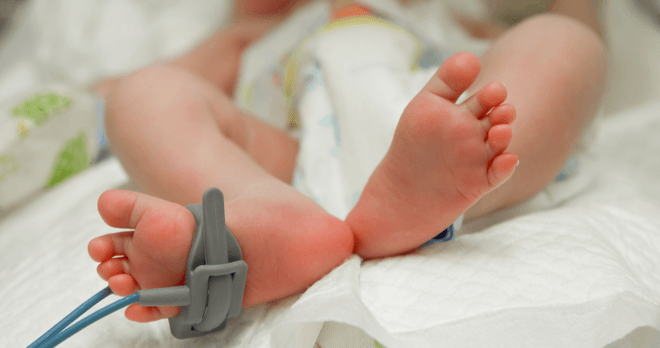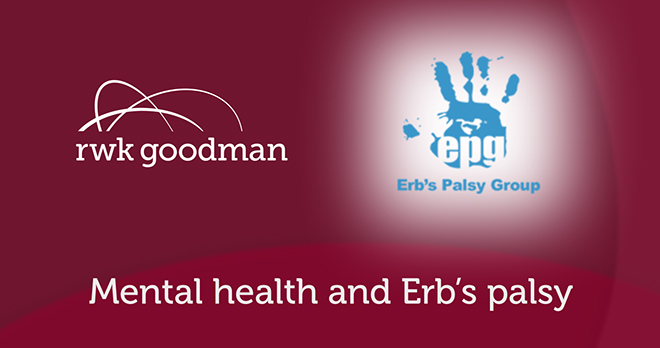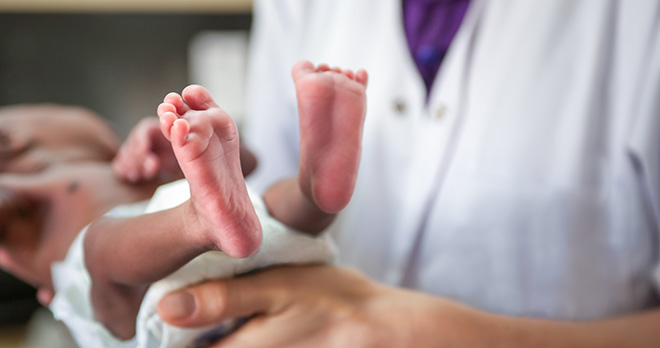Is Erb’s palsy ever just a result of the forces of labour?

Shoulder dystocia (where the baby’s shoulder becomes stuck) is a medical emergency which occurs during the second stage of labour. The most serious complication associated with it is Erb’s Palsy.
However, how Erb’s palsy occurs has been the subject of lively academic debate. One of the most controversial explanations for the cause of Erb’s palsy is known as the maternal propulsive theory, something that families considering a claim may be familiar with having spoken to their hospital.
What is the maternal propulsive theory?
Erb’s palsy injuries may occur if the affected shoulder becomes lodged against a piece of bone in the birth canal called the sacral promontory.
It is argued in the maternal propulsive theory that the forces of labour itself then cause the shoulder to become further impacted on the sacral promontory. This causes crushing or straining of the nerves and, if severe enough, Erb’s palsy.
The importance of the theory is that, if it’s correct, these injuries occur prior to the second stage of labour, and therefore would not have resulted from negligent care.
What does the research tell us?
The balance has shifted away from maternal propulsive theory lately, following on from a large study conducted by the obstetric unit at Southmead Hospital in Bristol (1). This demonstrated, with some compelling data, that most cases of Erb’s palsy can be prevented with ongoing professional training and prompt, precise management when a baby’s shoulder becomes stuck.
The study strongly implies that, even if they can cause injury to a baby’s shoulder, maternal propulsive forces are unlikely to lead to long-lasting or permanent damage to the nerves. This is especially the case within a unit appropriately trained to deal with shoulder dystocia – in other words in a child with a severe Erb’s palsy injury, something else must have happened to cause it.
The upshot of this research is that it is now much harder for defendants and their legal teams to argue that permanent Erb’s palsy injuries are caused by maternal propulsive forces, should you be considering a claim for Erb's palsy.
1 - Crofts et al, “Can accurate training and management of shoulder dystocia prevent all permanent brachial plexus injuries?”, BJOG, 2013, 120, p.412

Read our guide to Erb's palsy
We’re here to help you understand Erb’s palsy. Causes. Symptoms. Treatment. Whatever you need to know, we’ve got you covered.
Find out more about causes, symptoms, support and legal issues in our guide to Erb’s palsy.
If your child is living with Erb’s palsy as a result of medical negligence at birth, our legal specialists may be able to help you seek compensation.
Call now





